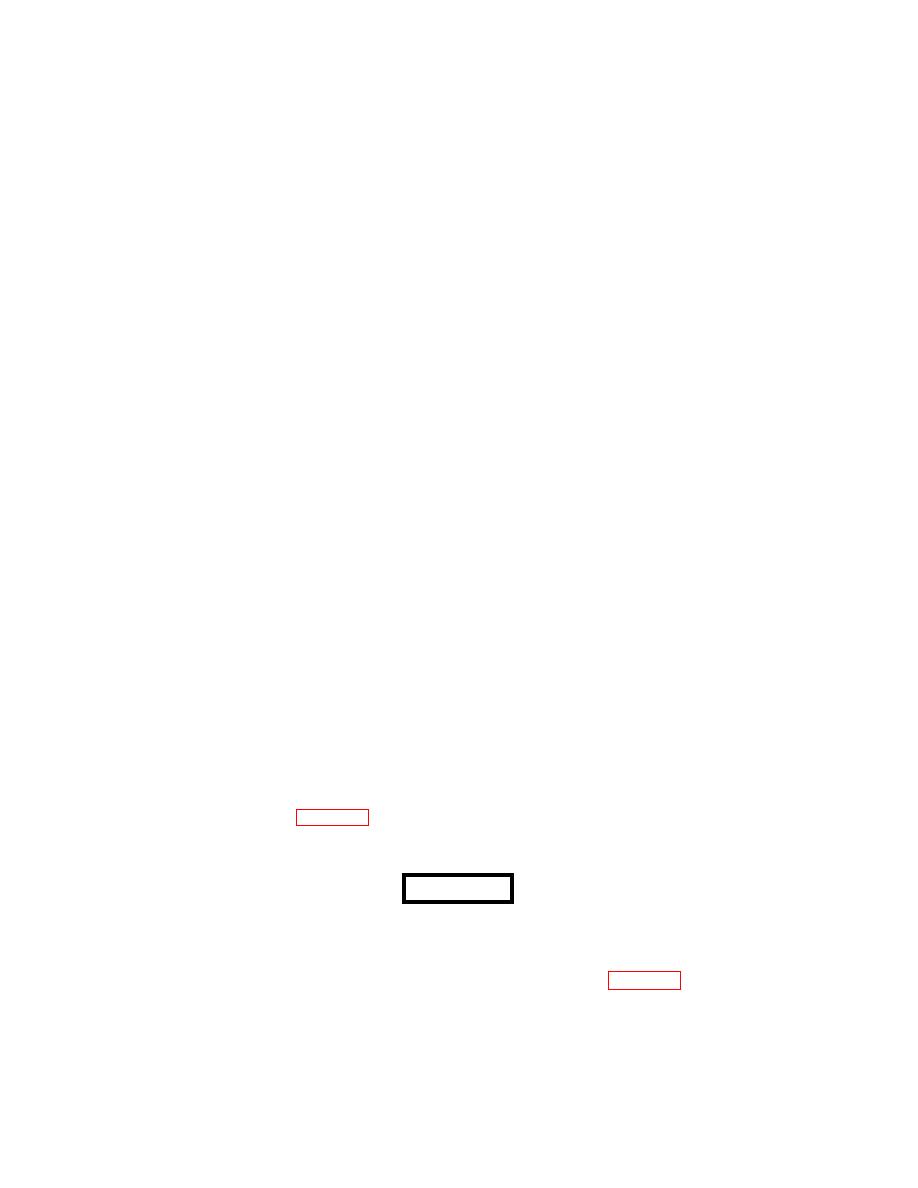 |
|||
|
|
|||
|
|
|||
| ||||||||||
|
|
 NAVAIR 17-15-50.1
TM 38-301-1
T.O. 33-1-37-1
CGTO 33-1-37-1
NOTE
Special sampling is not required for maintenance performed on oil pressure or quantity
indicating systems where it is determined that only the instrument system components
are faulty and where repair, replacement and/or failure of these components will not
cause damage to oil wetted components or cause wear-metal particles, foreign material
and/or instrument system fluids to be introduced into the oil system.
(e) After flight test following installation of new, overhauled, or repaired aircraft engines.
(f) At completion of a test cell run. If unit is operated on oil previously used in the test cell
system, a sample is required both prior to and at the completion of the test cell run.
(g) Whenever excessive vibration or a chip light indication is experienced on an aircraft engine
or component during flight, ground or test run.
(h) Immediately following all aircraft incidents involving failure of internal enclosed lubricated
parts or unplanned/unexpected shutdown affecting operation of internal enclosed lubricated parts.
(i) Immediately following all aircraft accidents regardless of cause and resulting damage.
These samples will be taken by any means possible to obtain a representative sample.
(j) Prior to overseas deployment or redeployment of any equipment already being monitored by
oil analysis. Samples should be taken far enough in advance to assure receipt of analysis prior to unit deployment
or redeployment. A sample prior to departure is not required if: (1) the aircraft is on routine sampling; and (2) oil
analysis records will accompany the aircraft; and (3) the normal sampling interval can be maintained due to the
availability of an oil analysis facility at the destination.
(3) Additional Special Samples. Special samples taken from equipment not enrolled in a service oil
analysis program may be submitted to a JOAP laboratory. No advice is provided for samples that do not have
limits provided to JOAP by the cognizant engineering activity.
b.
How to Take Samples. There are three basic techniques for taking a sample; dip tube,
drain/valve, and pump. Detailed sampling procedures for specific equipment are established in applicable service
documentation governing the use and operation of such equipment.
(1)
Dip Tube Sampling.
(a)
Remove the filler cap/dip stick from the tank and open the sample bottle.
(b) Using a sampling tube of the correct length, grasp the tube at one end and lower it into the
tank through the filler neck (see figure 3-3, Views A and B). For units using the new sampling kit with the plastic
bottle, insert one end of the dip tube into the opening on the cap of the plastic bottle. Insert the other end into the
oil reservoir. Squeeze and release the bottle. After the sample is obtained, remove the tube and close the lid.
WARNING
Do not use mouth suction to fill the sampling tube. Many fluids are highly toxic and may
cause paralysis and/or death.
(c) Allow the lower end of the tube to fill with fluid, then close the upper end with a thumb or
finger. Withdraw the tube and drain the trapped fluid into the sample bottle (see figure 3-3, Views C and D).
Repeat this operation until the bottle has been filled to approximately 1/2 inch from the top.
3-6
|
|
Privacy Statement - Press Release - Copyright Information. - Contact Us |